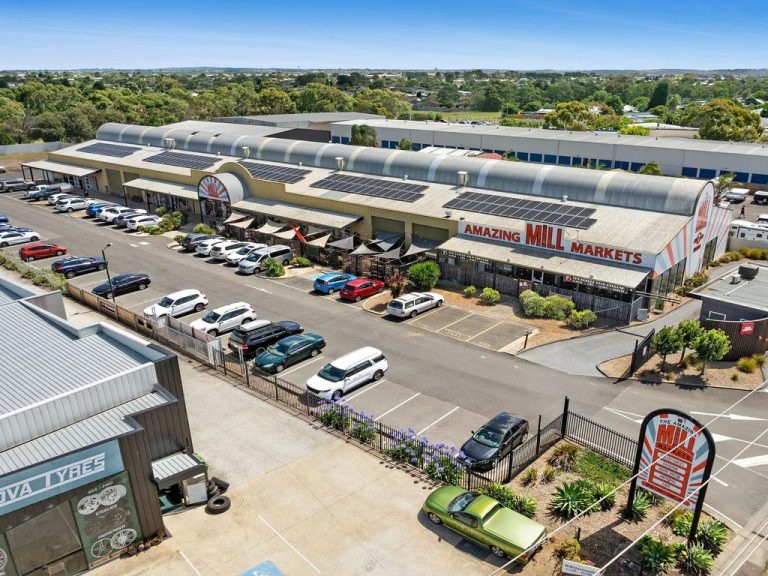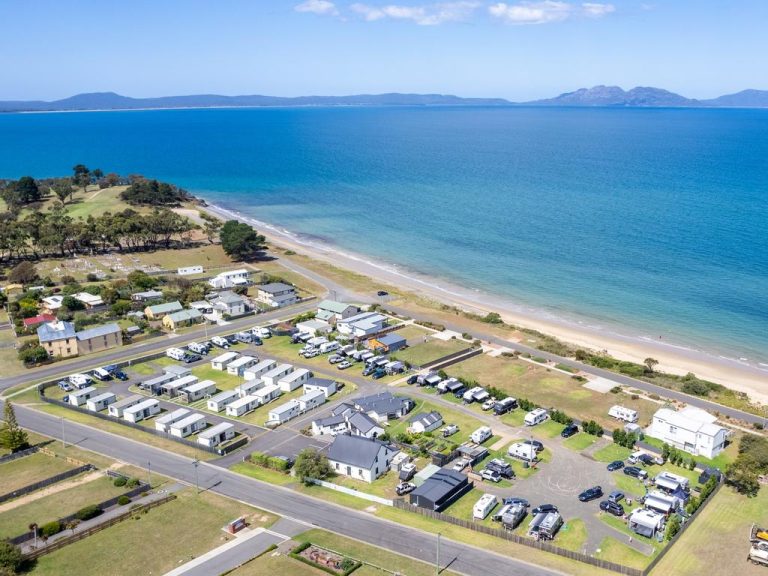Office demand down but some cause for optimism

There are signs demand in some CBD office leasing markets will increase in 2014 despite rising vacancies last year.
Australian Property Council research shows the nation’s office market vacancy rate rose in the past six months – up from 10.1 per cent in July 2013 to 10.4 per cent in January 2014.
Hobart and Melbourne were the only capital cities to record a decline in vacancy, according to the Property Council.
Property Council chief executive officer Peter Verwer says demand in Brisbane and Perth followed declining resource prices.
But he says there was good news for Canberra and Sydney, with both markets experiencing demand above historical averages.
“The other good news is for Hobart and Melbourne, which both recorded a drop in vacancy rates.”
Verwer says the increase in average vacancies and historically low demand reflect lacklustre economic growth in four of the past five years.
“While the recent Property Council/ANZ property industry confidence survey signalled a shift to greater optimism, this has not yet translated into higher net demand,” he says..
The latest results of the DEXUS Office Barometer, which measures the level of demand for Sydney CBD office space, suggests the market may have reached a turning point.
The barometer increased from 0.6% to 1.2% in the December quarter, close to the 10-year average of 1.3%.
DEXUS General Manager, Research, Peter Studley says the increase points to improved levels of take-up over the next three to six months and indicates “a clear turning point in office demand may have been reached in the Sydney CBD”.
“However, demand growth is expected to be at modest levels given the economy is growing below trend,” he says.
CBRE’s Head of Research for Australia, Stephen McNabb, says tenant demand reached a low point in 2013, contributing to vacancy rate increases across the country.
“Our overall view is that tenant demand will improve in 2014 and beyond, however forthcoming supply will place continued pressure on the market and impede rental growth in all CBD markets over the next two years,” Mr McNabb says.
Andrew Beasley and Tony Landrigan are joint heads of Colliers International Office Leasing team in the Melbourne CBD and say that while 2013 was a tough year, it ended strongly with 29 deals in December alone.
“In a difficult year, this was an exceptional level of activity – we certainly finished the year on a high,” Mr Landrigan said. “For the same period in 2012 we recorded 17 deals, and that was in a stronger leasing market. In December 2011 and 2009 we transacted 16 deals, and in December 2010 there were 15 deals.”
Knight Frank Director of Research Matt Whitby says while tenant demand is soft and vacancy rates have been rising, a benign supply pipeline in most markets means vacancy rates will be under downward pressure this year – particularly in Sydney and Melbourne.
“If occupier demand conditions are to materially improve, we need to see a sustained pick up in fulltime jobs, which will be driven by persistent strength in business confidence and an upswing in business credit,” Whitby says.
“With the stimulus of historically low interest rates washing through the economy, there are tentative signs that this is beginning to occur.”
According to DEXUS research, The NAB Business Confidence Index has shown a clear upward trend over the last year.
“A significant improvement in business conditions in December 2013 will support growth in business confidence. This will have a positive impact on leasing as firms begin to focus more on their future expansion needs,” Dexus’ Peter Studley says.







